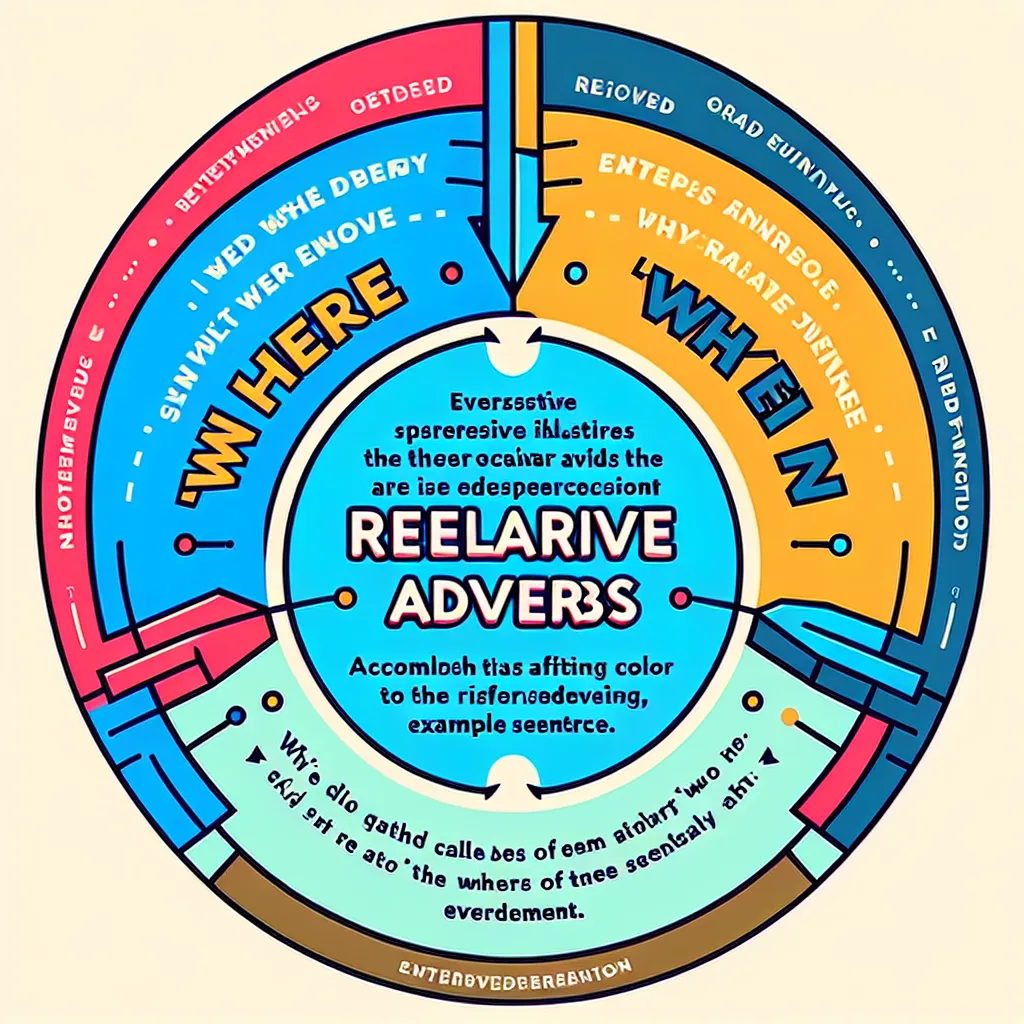In today’s globalized business world, effective communication is paramount. For professionals aiming to excel in their careers, mastering Advanced Grammar For Professional Communication is not just an asset—it’s a necessity. This article will delve into the intricacies of advanced grammar and provide you with practical tips to enhance your professional communication skills.
Why Advanced Grammar Matters in Professional Settings
Advanced grammar is the cornerstone of clear, precise, and sophisticated communication. It allows professionals to convey complex ideas with clarity, avoiding misunderstandings that can be costly in business environments. Moreover, a strong command of grammar enhances credibility and professionalism, making you stand out in competitive industries.
 Importance of Advanced Grammar
Importance of Advanced Grammar
The Impact of Grammar on Professional Image
Your grammatical proficiency directly influences how colleagues, clients, and superiors perceive you. Impeccable grammar in emails, reports, and presentations demonstrates attention to detail and intellectual rigor—qualities highly valued in professional settings.
Key Areas of Advanced Grammar for Professional Communication
To truly excel in professional communication, focus on mastering these critical areas:
- Complex Sentence Structures: Learn to craft compound-complex sentences that articulate intricate ideas concisely.
- Subjunctive Mood: Understand when and how to use the subjunctive to express hypothetical or wishful thinking in formal contexts.
- Advanced Tenses: Master the nuances of perfect and perfect continuous tenses for precise time references.
- Noun Clauses: Utilize noun clauses effectively to embed complete thoughts within larger sentences.
- Conditional Constructions: Employ various types of conditionals to discuss hypothetical situations and their consequences.
Practical Examples in Professional Contexts
Let’s examine how these advanced grammar structures can be applied in real-world professional scenarios:
-
Complex Sentence Structure:
“While the quarterly report indicates a slight downturn in sales, which may concern some stakeholders, our innovative product pipeline, coupled with aggressive marketing strategies, positions us for strong growth in the upcoming fiscal year.” -
Subjunctive Mood:
“It is essential that the board review the proposal before we proceed with the merger.” -
Advanced Tenses:
“By the time we launch the product next month, our team will have been developing this technology for over two years.” -
Noun Clauses:
“What the market analysis reveals about consumer trends will significantly influence our strategic planning for the next fiscal year.” -
Conditional Constructions:
“Had we implemented the suggested changes last quarter, we would have seen a 15% increase in productivity by now.”
Strategies for Improving Advanced Grammar Skills
Enhancing your advanced grammar skills requires dedication and practice. Here are some effective strategies:
-
Read Extensively: Immerse yourself in high-quality business publications, academic journals, and literary works to expose yourself to sophisticated grammar structures.
-
Practice Writing: Regularly compose emails, reports, and presentations, focusing on incorporating advanced grammar constructions.
-
Seek Feedback: Ask colleagues or mentors to review your writing and provide constructive criticism on your grammar usage.
-
Utilize Grammar Tools: Employ advanced grammar checking tools, but use them as learning aids rather than crutches.
-
Take Advanced Courses: Consider enrolling in advanced business English or technical writing courses to refine your skills.
 Grammar Improvement Strategies
Grammar Improvement Strategies
Recommended Resources for Advanced Grammar Learning
To further your grammar mastery, consider these valuable resources:
- “Advanced Grammar in Use” by Martin Hewings
- “The Chicago Manual of Style” for comprehensive grammar and style guidelines
- Online platforms like Coursera or edX offering advanced business English courses
- Grammar podcasts such as “Grammar Girl’s Quick and Dirty Tips”
For more insights on perfecting your grammar for professional writing, check out our article on perfecting grammar for white papers.
Common Pitfalls to Avoid in Professional Communication
Even seasoned professionals can fall into grammar traps. Be vigilant about these common errors:
-
Misplaced Modifiers: Ensure that modifiers are correctly placed to avoid ambiguity.
Incorrect: “Having reviewed the report, the project seems viable.”
Correct: “Having reviewed the report, we find the project seems viable.” -
Faulty Parallelism: Maintain parallel structure in lists and comparisons.
Incorrect: “The new policy aims to increase productivity, improve employee satisfaction, and costs will be reduced.”
Correct: “The new policy aims to increase productivity, improve employee satisfaction, and reduce costs.” -
Comma Splices: Avoid joining independent clauses with just a comma.
Incorrect: “The meeting is at 2 PM, please arrive on time.”
Correct: “The meeting is at 2 PM; please arrive on time.” -
Inconsistent Tense Usage: Maintain consistent tense throughout a document or presentation.
Incorrect: “We initiated the project last month and will be completing it next week.”
Correct: “We initiated the project last month and will complete it next week.”
For a deeper dive into advanced verb tenses and their correct usage, visit our comprehensive guide on advanced English verb tenses.
Applying Advanced Grammar in Various Professional Contexts
Different professional contexts may require different approaches to grammar usage. Let’s explore how to apply advanced grammar effectively in various situations:
Business Reports and Proposals
In formal documents, precision and clarity are paramount. Use complex sentence structures to convey detailed information concisely, but ensure readability. Employ the passive voice judiciously when the focus is on actions rather than actors.
Example: “The proposed merger, which has been meticulously analyzed by our financial team, is projected to yield a 20% increase in market share, provided that all regulatory approvals are obtained within the stipulated timeframe.”
Email Communication
While emails often allow for a more relaxed tone, maintaining grammatical accuracy is crucial, especially in formal correspondence. Use subordinate clauses to provide context efficiently, and employ precise verb tenses to convey timing accurately.
Example: “I hope this email finds you well. Having thoroughly reviewed the project timeline you sent, I suggest we schedule a meeting next week to discuss potential adjustments, as there appear to be some discrepancies that, if left unaddressed, could impact our delivery date.”
Presentations and Public Speaking
In oral communication, balance grammatical correctness with natural flow. Use rhetorical devices and varied sentence structures to maintain audience engagement. The judicious use of the subjunctive mood can add sophistication to your speech.
Example: “Were we to implement this strategy immediately, we would position ourselves as industry leaders. It is imperative that we act swiftly, lest our competitors seize this opportunity before us.”
For more specific tips on using advanced grammar in public relations contexts, which often involve both written and spoken communication, check out our article on advanced grammar for public relations.
The Role of Technology in Enhancing Grammar Skills
While technology should not replace a solid understanding of grammar, it can be a valuable tool in refining your skills:
-
AI-powered Writing Assistants: Tools like Grammarly or ProWritingAid can help identify complex grammatical issues and suggest improvements.
-
Language Learning Apps: Applications like Duolingo or Babbel often have advanced grammar modules for business English.
-
Online Grammar Checkers: Websites like the Hemingway App can help simplify complex sentences and improve readability.
-
Digital Style Guides: Many professional organizations now offer digital versions of their style guides, making it easier to reference grammar rules on the go.
Remember, while these tools are helpful, they should complement, not substitute, your own grammar knowledge. Critical thinking and context understanding are crucial in deciding whether to accept automated suggestions.
Conclusion: The Ongoing Journey of Grammar Mastery
Mastering advanced grammar for professional communication is an ongoing process that requires consistent effort and practice. By focusing on complex structures, avoiding common pitfalls, and applying grammar rules contextually, you can significantly enhance your professional communication skills.
Remember, effective communication is not just about adhering to rules—it’s about using language as a tool to convey ideas clearly, persuasively, and eloquently. As you continue to refine your grammar skills, you’ll find that your ability to articulate complex ideas and influence others in professional settings will greatly improve.
We encourage you to start implementing these strategies in your daily professional communications. Observe how enhanced grammar impacts your effectiveness and credibility. For more comprehensive strategies on learning English grammar, don’t forget to explore our article on the best strategies for learning English grammar.
Share your experiences or ask questions about advanced grammar in professional settings in the comments below. Your insights could be invaluable to others on the same journey of linguistic excellence in the professional world.




